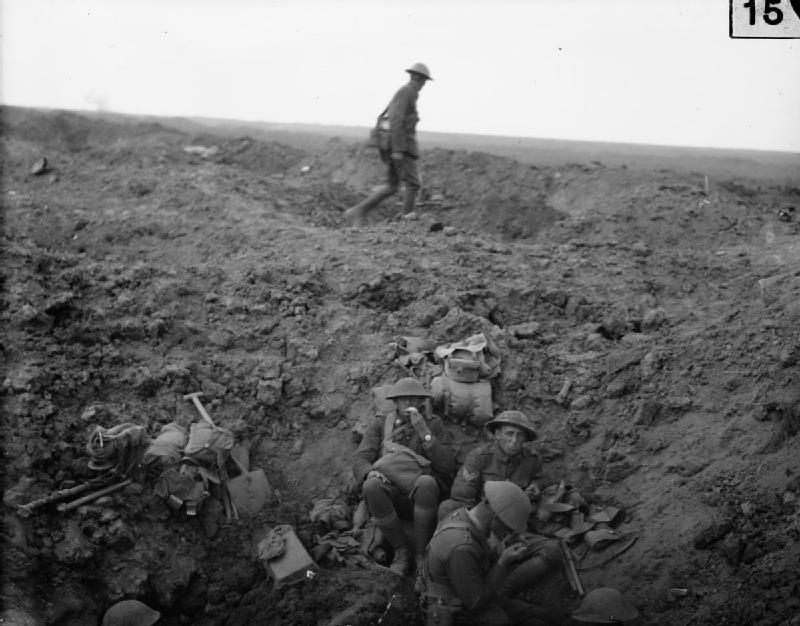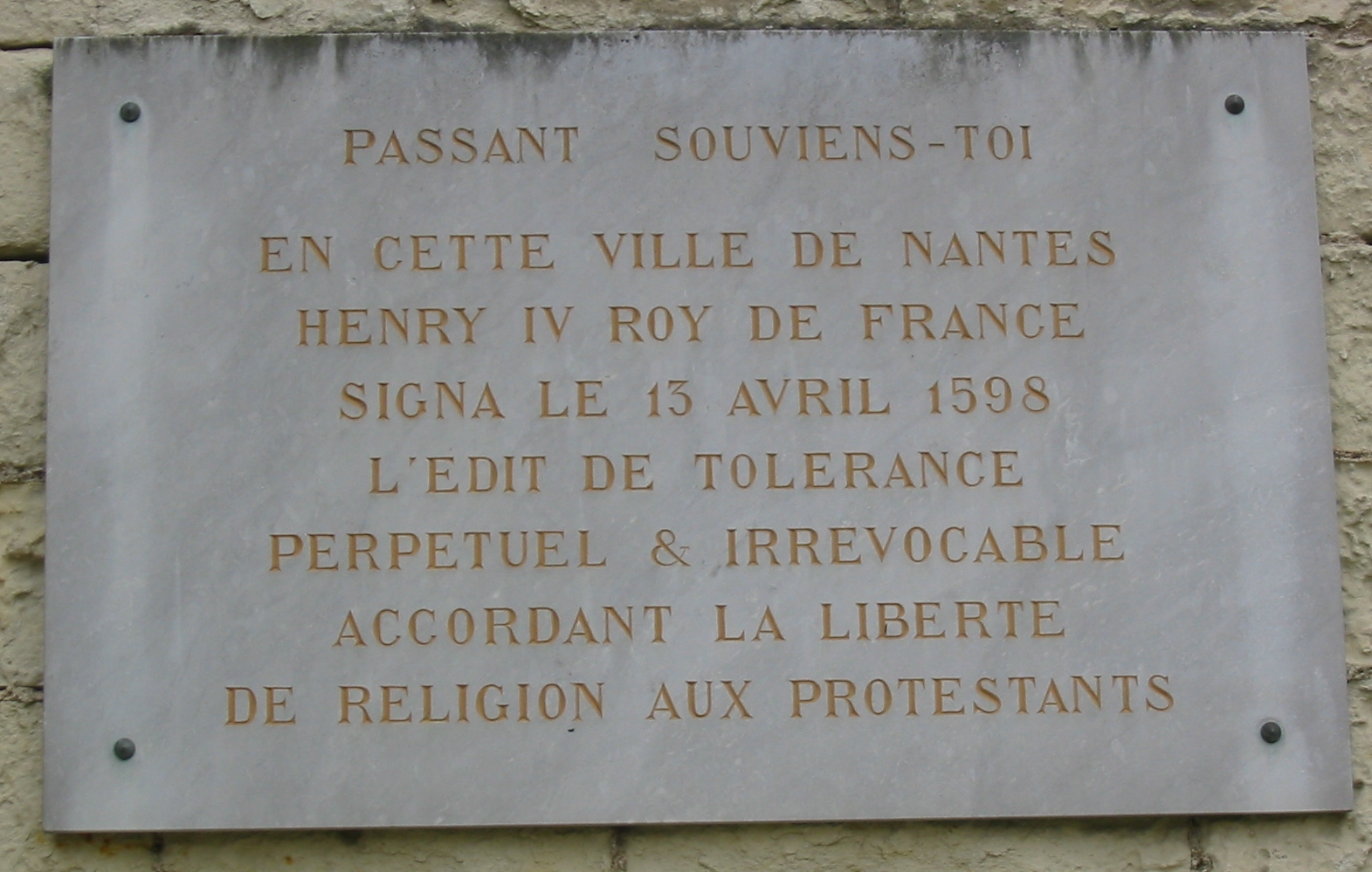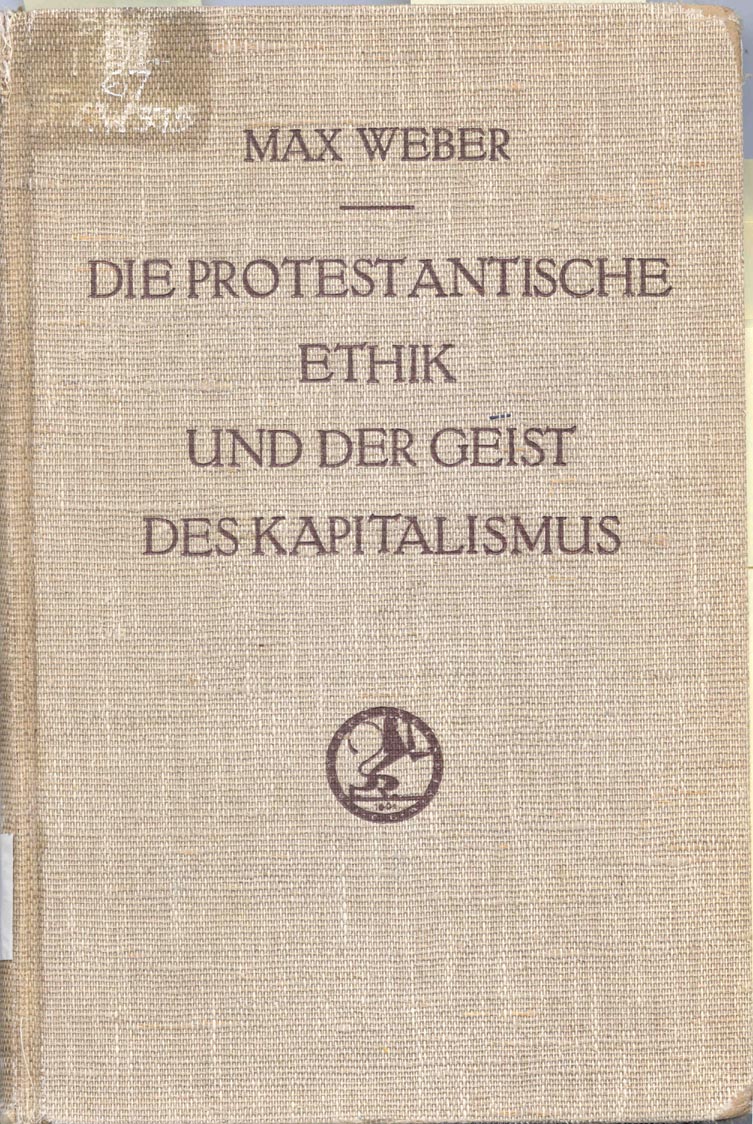|
Kindenheim
Kindenheim is an ''Ortsgemeinde'' – a municipality belonging to a ''Verbandsgemeinde'', a kind of collective municipality – in the Bad Dürkheim district in Rhineland-Palatinate, Germany. Geography Location The municipality lies in the northwest of the Rhine-Neckar urban agglomeration and is a winegrowing centre in the Palatinate near the north end of the German Wine Route. It belongs to the ''Verbandsgemeinde'' of Leiningerland, whose seat is in Grünstadt, although that town is itself not in the ''Verbandsgemeinde''. History In 817, Kindenheim had its first documentary mention as ''Cunerono''. Later it was called ''Cunnenheim'' or ''Kinnenheim''. Until 1969 it belonged to the now abolished Frankenthal district, and in 1972 it was assigned to the newly formed ''Verbandsgemeinde'' of Grünstadt-Land Religion In 2007, 59.8% of the inhabitants were Evangelical and 12.5% Catholic. The rest belonged to other faiths or adhered to none. Politics Municipal council T ... [...More Info...] [...Related Items...] OR: [Wikipedia] [Google] [Baidu] |
Bad Dürkheim (district)
Bad Dürkheim () is a district in Rhineland-Palatinate, Germany. It is bounded by (from the west and clockwise) the districts of Kaiserslautern, Donnersbergkreis and Alzey-Worms, the city of Worms, the Rhein-Pfalz-Kreis, the city of Neustadt/Weinstraße, the districts of Südliche Weinstraße, the city of Landau (the Taubensuhl/Fassendeich forest part of the city), the district Südwestpfalz, and the city of Kaiserslautern. History The eastern rim of the Palatinate forest has been densely populated since the Middle Ages. Several medieval castles show the significance of the region during the early Holy Roman Empire. The district was established in 1969 by combining portions of the former districts of Neustadt and Frankenthal. Dialect The dialect of Bad Dürkheim and environs is closer to the Pennsylvania Dutch language—also known as Pennsylvania German or as Deitsch, the native tongue of the Amish and others—than any other dialect of German. Geography The distr ... [...More Info...] [...Related Items...] OR: [Wikipedia] [Google] [Baidu] |
Leiningerland (Verbandsgemeinde)
Leiningerland is a ''Verbandsgemeinde'' ("collective municipality") in the district of Bad Dürkheim, in Rhineland-Palatinate, Germany. The seat of the ''Verbandsgemeinde'' is in Grünstadt, which is not part of the ''Verbandsgemeinde''. It was formed on 1 January 2018 by the merger of the former ''Verbandsgemeinden'' Grünstadt-Land and Hettenleidelheim. It takes its name from the historic area Leiningerland. The ''Verbandsgemeinde'' Leiningerland consists of the following ''Ortsgemeinden'' ("local municipalities"): #Altleiningen # Battenberg # Bissersheim # Bockenheim an der Weinstraße # Carlsberg #Dirmstein #Ebertsheim # Gerolsheim #Großkarlbach # Hettenleidelheim # Kindenheim # Kirchheim an der Weinstraße #Kleinkarlbach # Laumersheim # Mertesheim # Neuleiningen # Obersülzen #Obrigheim #Quirnheim #Tiefenthal #Wattenheim Wattenheim is an ''Ortsgemeinde'' – a municipality belonging to a ''Verbandsgemeinde'', a kind of collective municipality – in the ... [...More Info...] [...Related Items...] OR: [Wikipedia] [Google] [Baidu] |
Grünstadt-Land
Grünstadt-Land is a former ''Verbandsgemeinde'' ("collective municipality") in the district of Bad Dürkheim, in Rhineland-Palatinate, Germany. It was situated on the north-eastern edge of the Palatinate forest, around the town Grünstadt, which was the seat of Grünstadt-Land, but not part of the ''Verbandsgemeinde''. In January 2018 it was merged into the new ''Verbandsgemeinde'' Leiningerland The Leiningerland is an historic landscape in the Palatinate region in the German federal state of Rhineland-Palatinate. It is named after an aristocratic family that used to be the most important in the region, the House of Leiningen. Geograph .... Grünstadt-Land consisted of the following ''Ortsgemeinden'' ("local municipalities"): Former Verbandsgemeinden in Rhineland-Palatinate {{BadDürkheim-geo-stub ... [...More Info...] [...Related Items...] OR: [Wikipedia] [Google] [Baidu] |
Municipalities Of Germany
MunicipalitiesCountry Compendium. A companion to the English Style Guide European Commission, May 2021, pages 58–59. (german: Gemeinden, ) are the lowest level of official territorial division in . This can be the second, third, fourth or fifth level of territorial division, depending on the status of the municipality and the '''' (federal state) it ... [...More Info...] [...Related Items...] OR: [Wikipedia] [Google] [Baidu] |
Coat Of Arms
A coat of arms is a heraldry, heraldic communication design, visual design on an escutcheon (heraldry), escutcheon (i.e., shield), surcoat, or tabard (the latter two being outer garments). The coat of arms on an escutcheon forms the central element of the full achievement (heraldry), heraldic achievement, which in its whole consists of a shield, supporters, a crest (heraldry), crest, and a motto. A coat of arms is traditionally unique to an individual person, family, state, organization, school or corporation. The term itself of 'coat of arms' describing in modern times just the heraldic design, originates from the description of the entire medieval chainmail 'surcoat' garment used in combat or preparation for the latter. Roll of arms, Rolls of arms are collections of many coats of arms, and since the early Modern Age centuries, they have been a source of information for public showing and tracing the membership of a nobility, noble family, and therefore its genealogy across tim ... [...More Info...] [...Related Items...] OR: [Wikipedia] [Google] [Baidu] |
Howard Kippenberger
Major General Sir Howard Karl Kippenberger, (28 January 1897 – 5 May 1957), known as "Kip", was an officer of the New Zealand Military Forces who served in the First and Second World Wars. Born in the Canterbury region of New Zealand, Kippenberger joined the New Zealand Expeditionary Force (NZEF) in late 1915. He saw action in France on the Western Front, participating in the Battle of Flers-Courcelette. A serious wound in November 1916 saw him repatriated to New Zealand and discharged from the NZEF. He qualified as a solicitor in 1920 and worked in a legal practice in Rangiora. In 1924, he joined the Territorial Force and by 1936 had advanced in rank to lieutenant colonel. Following the outbreak of the Second World War, Kippenberger was appointed to command the 20th Battalion. He led the battalion for two years, through the Battles of Greece and Crete as well as part of the North African Campaign before being promoted to brigadier and taking command of the 5th Infantry ... [...More Info...] [...Related Items...] OR: [Wikipedia] [Google] [Baidu] |
Edict Of Fontainebleau
The Edict of Fontainebleau (22 October 1685) was an edict issued by French King Louis XIV and is also known as the Revocation of the Edict of Nantes. The Edict of Nantes (1598) had granted Huguenots the right to practice their religion without state persecution. Protestants had lost their independence in places of refuge under Cardinal Richelieu on account of their supposed insubordination, but they continued to live in comparative security and political contentment. From the outset, religious toleration in France had been a royal, rather than popular, policy. The lack of universal adherence to his religion did not sit well with Louis XIV's vision of perfected autocracy.Palmer, ''eo. loc.'' Edict of Nantes The Edict of Nantes had been issued on 13 April 1598 by Henry IV of France and granted the Calvinist Protestants of France, also known as Huguenots, substantial rights in the predominantly-Catholic state. Henry aimed at promoting civil unity by the edict. The edict treated ... [...More Info...] [...Related Items...] OR: [Wikipedia] [Google] [Baidu] |
Thirty Years War
The Thirty Years' War was one of the longest and List of wars and anthropogenic disasters by death toll, most destructive conflicts in History of Europe, European history, lasting from 1618 to 1648. Fought primarily in Central Europe, an estimated 4.5 to 8 million soldiers and civilians died as a result of battle, famine, and disease, while some areas of what is now modern Germany experienced population declines of over 50%. Related conflicts include the Eighty Years' War, the War of the Mantuan Succession, the Franco-Spanish War (1635–1659), Franco-Spanish War, and the Portuguese Restoration War. Until the 20th century, historians generally viewed it as a continuation of the religious struggle initiated by the 16th-century Reformation within the Holy Roman Empire. The 1555 Peace of Augsburg attempted to resolve this by dividing the Empire into Lutheranism, Lutheran and Catholic Church, Catholic states, but over the next 50 years the expansion of Protestantism beyond these ... [...More Info...] [...Related Items...] OR: [Wikipedia] [Google] [Baidu] |
Wine Tasting
Wine tasting is the sensory examination and evaluation of wine. While the practice of wine tasting is as ancient as its production, a more formalized methodology has slowly become established from the 14th century onward. Modern, professional wine tasters (such as sommeliers or buyers for retailers) use a constantly evolving specialized terminology which is used to describe the range of perceived flavors, aromas and general characteristics of a wine. More informal, recreational tasting may use similar terminology, usually involving a much less analytical process for a more general, personal appreciation. Results that have surfaced through scientific blind wine tasting suggest the unreliability of wine tasting in both experts and consumers, such as inconsistency in identifying wines based on region and price. History The Sumerian stories of Gilgamesh in the 3rd millennium BCE differentiate the popular beers of Mesopotamia, as well as wines from Zagros Mountains or Lebanon. In th ... [...More Info...] [...Related Items...] OR: [Wikipedia] [Google] [Baidu] |
Modernity
Modernity, a topic in the humanities and social sciences, is both a historical period (the modern era) and the ensemble of particular socio-cultural norm (social), norms, attitudes and practices that arose in the wake of the Renaissancein the "Age of Enlightenment, Age of Reason" of 17th-century thought and the 18th-century "Age of Enlightenment, Enlightenment". Some commentators consider the era of modernity to have ended by 1930, with World War II in 1945, or the 1980s or 1990s; the following era is called postmodernity. The term "contemporary history" is also used to refer to the post-1945 timeframe, without assigning it to either the modern or postmodern era. (Thus "modern" may be used as a name of a particular era in the past, as opposed to meaning "the current era".) Depending on the field, "modernity" may refer to different time periods or qualities. In historiography, the 16th to 18th centuries are usually described as early modern, while the long 19th century correspond ... [...More Info...] [...Related Items...] OR: [Wikipedia] [Google] [Baidu] |
Bauhaus
The Staatliches Bauhaus (), commonly known as the Bauhaus (), was a German art school operational from 1919 to 1933 that combined crafts and the fine arts.Oxford Dictionary of Art and Artists (Oxford: Oxford University Press, 4th edn., 2009), , pp. 64–66 The school became famous for its approach to design, which attempted to unify individual artistic vision with the principles of mass production and emphasis on function. The Bauhaus was founded by architect Walter Gropius in Weimar. It was grounded in the idea of creating a Gesamtkunstwerk ("comprehensive artwork") in which all the arts would eventually be brought together. The Bauhaus style later became one of the most influential currents in modern design, modernist architecture, and architectural education. The Bauhaus movement had a profound influence upon subsequent developments in art, architecture, graphic design, interior design, industrial design, and typography. Staff at the Bauhaus included prominent artists ... [...More Info...] [...Related Items...] OR: [Wikipedia] [Google] [Baidu] |
German Language
German ( ) is a West Germanic languages, West Germanic language mainly spoken in Central Europe. It is the most widely spoken and Official language, official or co-official language in Germany, Austria, Switzerland, Liechtenstein, and the Italy, Italian province of South Tyrol. It is also a co-official language of Luxembourg and German-speaking Community of Belgium, Belgium, as well as a national language in Namibia. Outside Germany, it is also spoken by German communities in France (Bas-Rhin), Czech Republic (North Bohemia), Poland (Upper Silesia), Slovakia (Bratislava Region), and Hungary (Sopron). German is most similar to other languages within the West Germanic language branch, including Afrikaans, Dutch language, Dutch, English language, English, the Frisian languages, Low German, Luxembourgish, Scots language, Scots, and Yiddish. It also contains close similarities in vocabulary to some languages in the North Germanic languages, North Germanic group, such as Danish lan ... [...More Info...] [...Related Items...] OR: [Wikipedia] [Google] [Baidu] |





